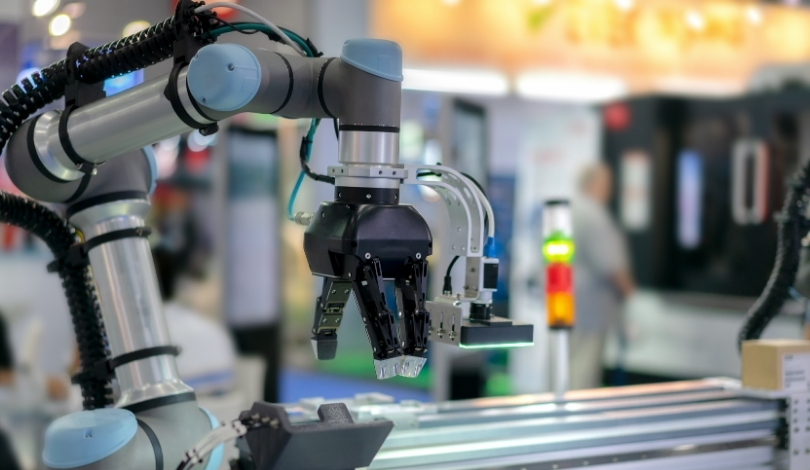Machines are being re-engineered as miniaturization trends advance in robotics, opening new doors for industrial, medical, and hazardous environment applications. Companies are redesigning components—sensors, power units, controllers—so that robots fit slimmer envelopes without giving up performance. Engineers and manufacturers now focus on developing versatile compact robots to accelerate processes and make environments safer for both people and assets. Businesses reluctant to adopt automation due to spatial limits and costs are turning to these solutions, recognizing their practicality in manufacturing, inspection, and medicine.
Not long ago, robotic systems integrating industrial precision and smart controls required significant floorspace and energy. In previous reporting, many manufacturers concentrated on larger systems for mass assembly or hazardous work. Recently, however, steps toward miniaturization—exemplified by the Meca500, the FANUC LR Mate 200iD, and drone-based tools like Elios 3—have allowed robotic platforms to operate more flexibly and in difficult or confined locations, outperforming traditional setups. Users in fields from healthcare to security have since cited agility, safety, and cost as main factors for their switch to smaller robotic platforms.
What advantages do smaller robotics bring?
Compact robotic systems present several clear benefits for end users across industries. Reduction in size means a lower material requirement, often leading to reduced purchase and maintenance costs. Increased speed and accuracy come from lower mass and smaller moving parts, making them suitable for fine-tuned assembly and detailed inspection tasks. These abilities translate to faster cycles and greater yield in industrial settings.
“Miniaturized robots help businesses maximize floor space and improve operational flexibility,”
a FANUC spokesperson said, emphasizing why companies are increasingly interested in compact automation.
Which technologies make miniaturization possible?
Recent progress in micro-electro-mechanical systems (MEMS) and integrated microcontrollers lets robots pack more capability into each square inch. MEMS combine sensing, actuation, and data processing at a chip level, enabling robots to respond quickly and precisely in their environment. Microcontrollers, with their real-time processing, serve as small-scale computing systems for tasks like navigation and movement. Manufacturers use soft, adaptive structures in robotic design to grip and operate delicately, further extending application potential in sensitive workspaces.
How are businesses leveraging small-format robots today?
Medical professionals deploy Medtronic’s advanced surgical robots, which use tiny shape-changing tools for less invasive procedures, while Intuitive Surgical’s da Vinci instruments allow finer movements with minimal patient impact. In factories, devices like Mecademic’s Meca500 arm handle micro-assembly and inspection jobs. The FANUC LR Mate 200iD is used for small-part handling in high-density layouts. Law enforcement agencies use ReconRobotics’ Throwbot 2 for immediate surveillance of risky areas, and Elios 3 drones by Flyability are sent into dangerous, confined industrial sites for inspection. As these examples show, miniaturization supports safety and expands workflow possibilities.
“Our portable systems offer reliable solutions for environments once considered inaccessible by robots,”
stated a ReconRobotics representative.
The adaptation of robotics toward miniature form factors has impacted workplaces by making customizable automation accessible for previously under-served applications. Many organizations now evaluate robot deployments not just by scale or speed, but by how well a solution can fit into tightly constrained settings. With technology continually progressing in terms of energy management, bio-compatible materials, and intelligent controls, miniaturization is anticipated to deepen its footprint. For users considering automation, careful assessment of standards and safety is advised, especially when deploying micro-powered or autonomous modules. Increasingly, compact robotics will support task specialization, scalable deployment, and more targeted value in industrial, healthcare, and exploration sectors.










